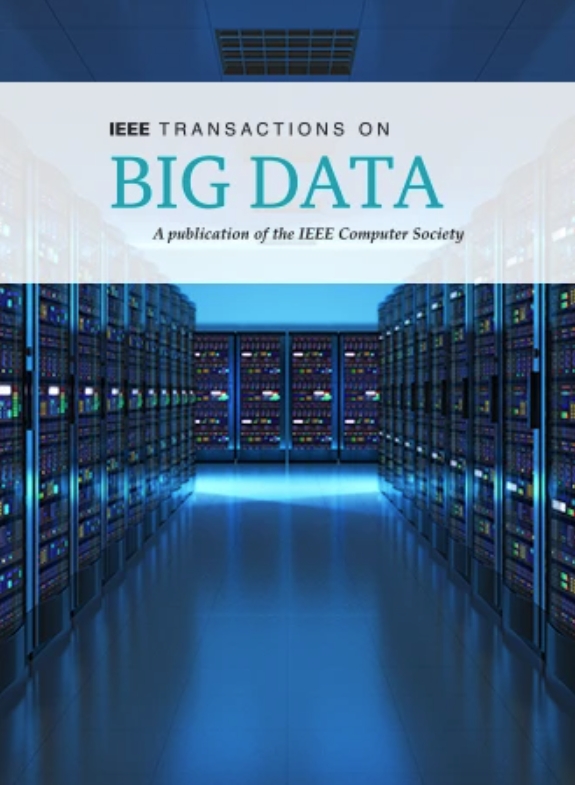EduGraph:用于 MOOC 课程推荐的基于学习路径的超图神经网络
IF 5.7
3区 计算机科学
Q1 COMPUTER SCIENCE, INFORMATION SYSTEMS
引用次数: 0
摘要
在在线学习中,符合学习者偏好和未来需求的个性化课程推荐至关重要。因此,开发高效的推荐系统对于引导学习者选择合适的课程至关重要。人们对推荐系统中的图学习进行了广泛的研究,但许多模型只关注低频信息,强调类似的学习者偏好,而忽略了显示不同学习轨迹的高频数据。此外,课程共现和顺序关系往往没有得到充分研究。在本文中,我们介绍了 EduGraph,这是一个专为 MOOC 课程推荐系统开发的新型框架。EduGraph 的特点是结合了基于学习路径的超图,这是一个独特的视角,学习者被表示为超边,课程被划分为顶点。该框架采用了基于小帧的超图卷积,集成了低通滤波器以突出学习者之间的相似性,以及高通滤波器以强调学习者之间不同的学习路径。此外,EduGraph 还采用了双重超图学习模型,为顶点和超边编码指定了通道,从而促进了协作式信息交流,完善了学习者的偏好嵌入。我们利用两个不同的MOOC数据集,通过与许多现有基线进行综合比较,对EduGraph进行了实证评估。我们的实验研究不仅强调了EduGraph增强的推荐性能,还阐明了其各个组件的重要贡献,如低通滤波器和高通滤波器的整合,以及有效连接超边级和顶点级表征的小帧协作策略,从而增强了课程推荐系统的整体功效。本文章由计算机程序翻译,如有差异,请以英文原文为准。
EduGraph: Learning Path-Based Hypergraph Neural Networks for MOOC Course Recommendation
In online learning, personalized course recommendations that align with learners’ preferences and future needs are essential. Thus, the development of efficient recommender systems is crucial to guide learners to appropriate courses. Graph learning in recommender systems has been extensively studied, yet many models focus on low-frequency information, underscoring similar learner preferences and overlooking high-frequency data that indicates varied learning trajectories. Furthermore, course co-occurrence and sequential relationships are often insufficiently investigated. In this paper, we introduce
EduGraph
, a novel framework developed specifically for MOOC course recommendation systems.
EduGraph
is characterized by its incorporation of a learning path-based hypergraph, a unique perspective wherein learners are represented as hyperedges, and courses are delineated as vertices. The framework incorporates a framelet-based hypergraph convolution, integrating low-pass filters to highlight similarities and high-pass filters to underscore distinct learning paths among learners. Furthermore,
EduGraph
features a dual hypergraph learning model, with channels designated for vertex and hyperedge encoding, fostering a collaborative information exchange that refines the learners’ preference embeddings. The empirical assessment of
EduGraph
is conducted through a comprehensive comparison with many existing baselines, utilizing two distinct MOOC datasets. Our experimental studies not only emphasize the enhanced recommendation performance of
EduGraph
but also elucidate the significant contributions of its individual components, such as the integration of low-pass and high-pass filters and the framelet-wise collaborative strategy that effectively bridges hyperedge-level and vertex-level representations, augmenting the overall efficacy of the course recommendation system.
求助全文
通过发布文献求助,成功后即可免费获取论文全文。
去求助
来源期刊

IEEE Transactions on Big Data
Multiple-
CiteScore
11.80
自引率
2.80%
发文量
114
期刊介绍:
The IEEE Transactions on Big Data publishes peer-reviewed articles focusing on big data. These articles present innovative research ideas and application results across disciplines, including novel theories, algorithms, and applications. Research areas cover a wide range, such as big data analytics, visualization, curation, management, semantics, infrastructure, standards, performance analysis, intelligence extraction, scientific discovery, security, privacy, and legal issues specific to big data. The journal also prioritizes applications of big data in fields generating massive datasets.
 求助内容:
求助内容: 应助结果提醒方式:
应助结果提醒方式:


